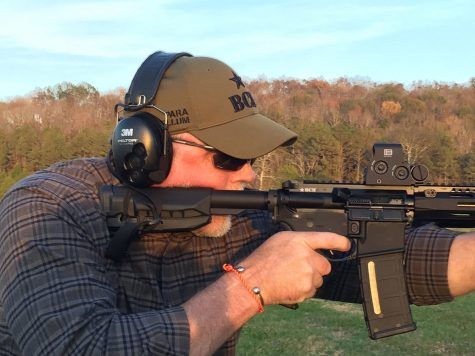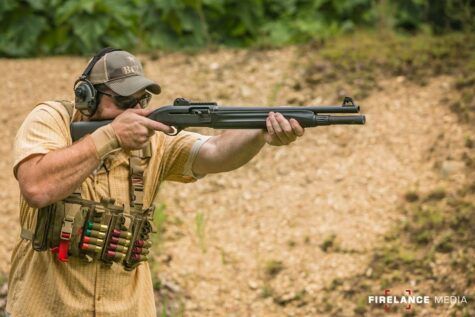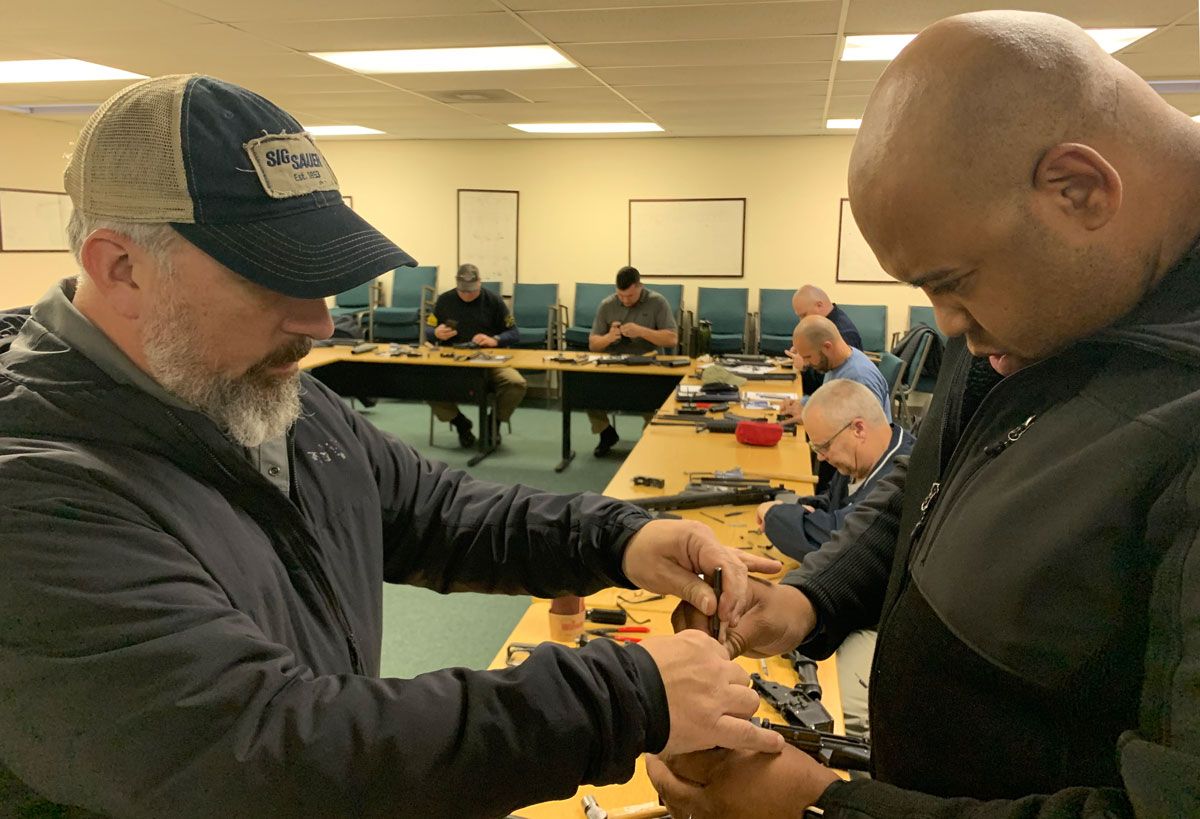
We recently sat down with Paul Braun, instructor, technical writer and founder of Down Range Training Concepts, to talk about his unique perspective and experience with the AR platform. Paul has dedicated his life to understanding maintaining and teaching the AR platform, and sharing his knowledge with students whose lives depend on its proper function.
For more on Paul’s background via the Sig Academy website.
Paul Braun holds Armorer and Master Armorer certifications for many platforms and spent several years as the Chief Instructor for a major rifle production company. He is a technical writer for firearm user manuals, producing several for firearm manufactures, conducted Test and Evaluation for the Israeli Ministry of Defense Procurement Program, and preformed research and product development evaluations on firearm parts, accessories, and armoring tools. Paul’s Army career includes combat deployments as an MP, Protective Security Detail Team Leader, Platoon Sergeant, Senior Instructor Cadre for the Recruit Sustainment Program, and Primary Marksmanship Instructor.
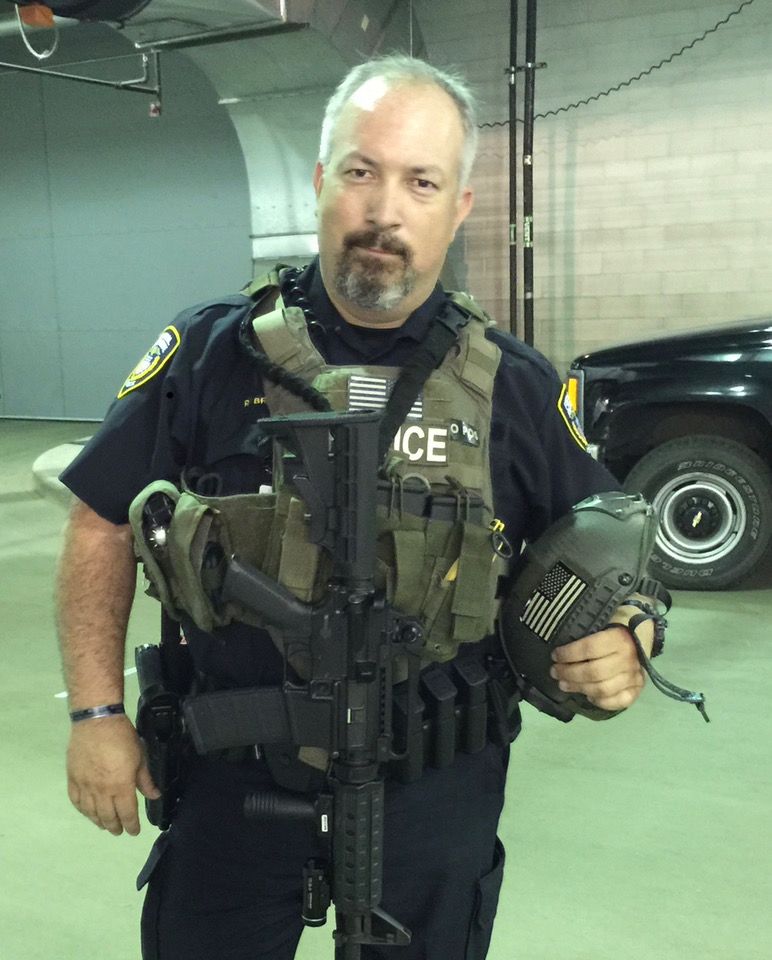
Q: Paul, can you give our readers a bit of background on your work with the AR platform?
Paul Braun, Down Range Training Concepts – A long time ago, I began work in law enforcement, and also did product support and sales for a company. DPMS came along and recruited me to work for them. I spent several years with DPMS/Panther Arms. With them, I ran their law enforcement and military training programs. I ended up writing their user’s manual and their armorer’s program. Not really knowing how to do all of that, I ended up going back to school to take a technical writer’s course.
Q: How challenging is it writing something like that?
Paul Braun, Down Range Training Concepts – When you’re writing a user manual, you’re trying to make a complicated process simple so that people can learn by reading a black and white manual, and that can be difficult. There’s a give and take on how much depth you can get into in a user manual for a firearm.
Plus, there’s the legal aspect. We don’t want people going too far into it because then they’ll void the manufacturer’s warranty. Coming from a machinist/manufacturer background and user background, I’m trying to blend together the easiest way for people to understand what they can and what they should not do.
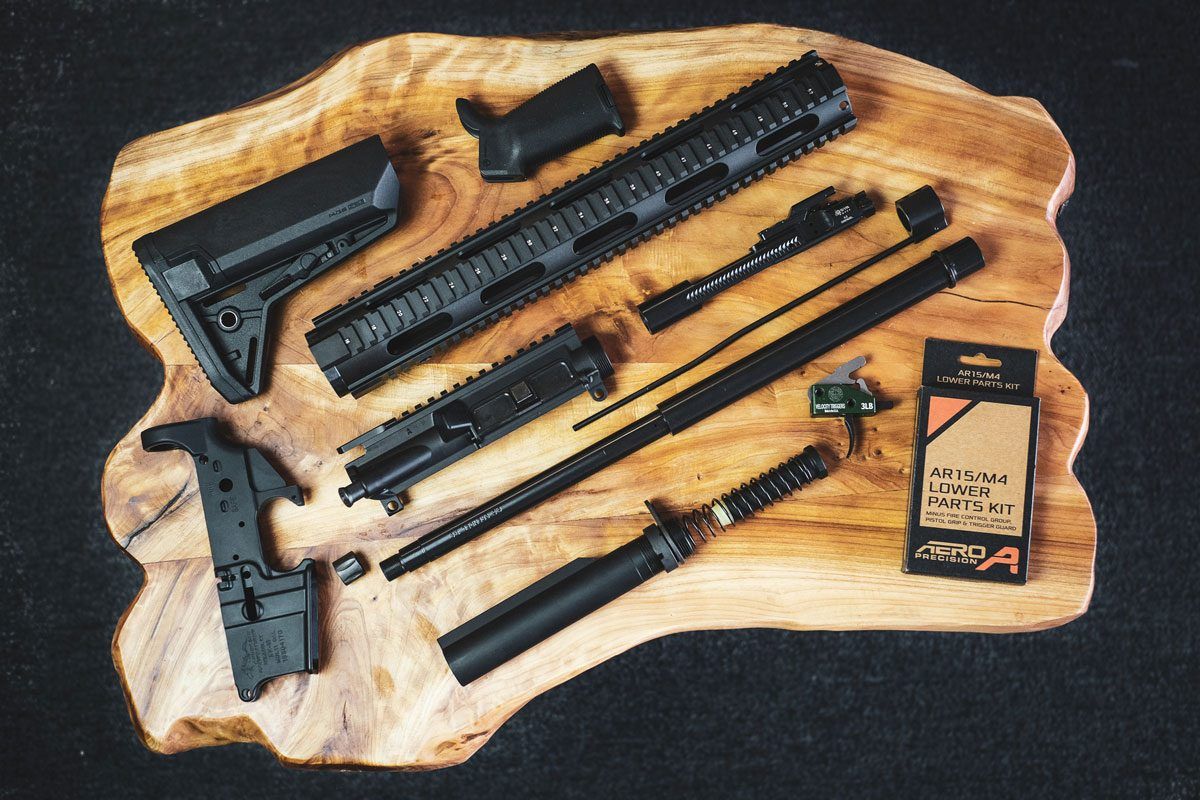
Q: I’d imagine giving the end user too much information in a user manual could be problematic, depending on who’s looking at it?
Paul Braun, Down Range Training Concepts – The hardest part is actually working with the insurance companies on what they did not want put into a user manual. But then the manufacturer wants that information put in there…The manufacturer wants to lower their volume of help calls for simple things that would be found in a user manual. If you put the manual together correctly, that call volume goes down.
Q: So, how did writing that first manual lead to other opportunities for you?
Paul Braun, Down Range Training Concepts – Other AR companies called and relayed that they liked what I had done in regards to what I had written, and they asked if I could write theirs. For me, that led to a side business of writing technical manuals for AR companies. Not long after, I was approached by a few local technical colleges to start teaching AR armorer’s courses.
However, with the War on Terror going on, I hated sitting on the sidelines, and because of that, I did deployments overseas. (Paul was recently featured in a PBS documentary…you can view a clip below)
When I came back, all of my friends in the military and law enforcement who had learned that I used to work for a gun company, would ask me if I could get them a deal or a discount. (laughs).

It got to the point where I just ended up going to a machinist who made materials for other companies and asked if they could make me upper receivers, barrels, and bolt carriers. They did, and I would just assemble things together myself and then go to gun shows. It wasn’t too long after that when people began to ask if I could work on lower receivers. As such, I got an FFL and a Class 7 so I could do manufacturing, and I just started to grow from there.
Down Range Training Concepts
At this point, I aslo had a lot of people who started asking me about shooting classes, on both the civilian and law enforcement side, as well as troops who were getting ready to deploy overseas with their local National Guardsmen…so I started putting on shooting courses. To make that happen, I took a portion of my farm where I live, and I turned that area into gun ranges.
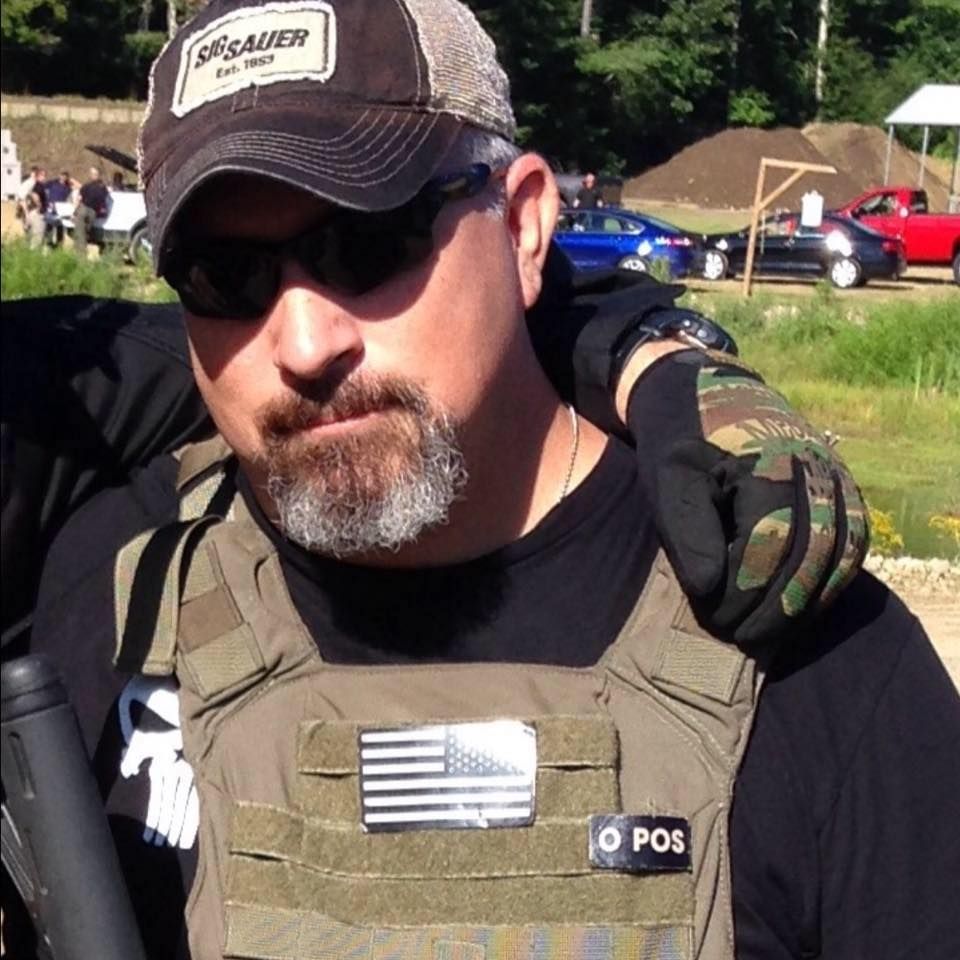
Q: Can you talk about how your experience led you to a company that seems very focused on the AR platform.
Paul Braun, Down Range Training Concepts – Being in military and law enforcement and learning from those instructors, but then getting in on the machinist side of things, you realize that there is a big disconnect between the end user and what was put into the rifle, as far as how it was designed and how it was meant to be used. It’s rather shocking that most people don’t truly understand the rifle for how it was originally designed. That was really frustrating to me.
Q: Can you explain what you mean by that?
Paul Braun, Down Range Training Concepts – For example, just little things, like I took an AR law enforcement class, and I had the instructor explain to me how they were using the rear sight on the carrying handle to do elevation adjustments for zeroing. I just shook my head because, that’s not how it’s done.
Or, in the Army, when we’d ask a question about why we did something a certain way, the answer would always come back with “Because I told you so.” I realized that the instructors really had no idea. It was really eye opening…
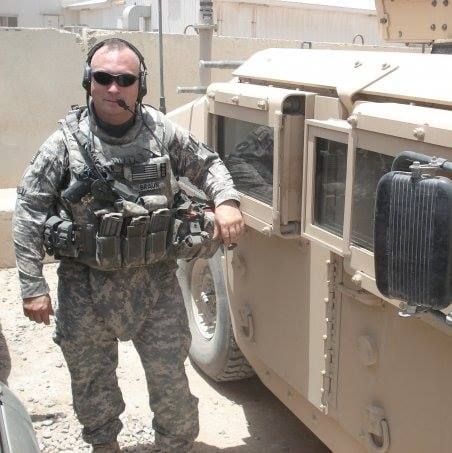
That said, I hate it when guys think they know some little tidbit and that it makes them smarter than everyone else. That’s not it. I just keep asking the question “why…why do we do this?”
To give you a simple example…Why do we flick the bolt out of the bolt carrier before we put it back in? It’s not just to line up the cam pins. What if you did not have your firing pin retaining pin put back in? When you pop your bolt back in, your firing pin would fall back out. So, It’s a verification check that you put it together correctly. It’s a functions check. When you flick your bolt out with your wrist, not only are you aligning the cam pin to put it back into the upper receiver, you’re also ensuring the cam pin was in place, in case you forgot to put it in.
So, it’s the little things that go into understanding why the gun is made the way it is.
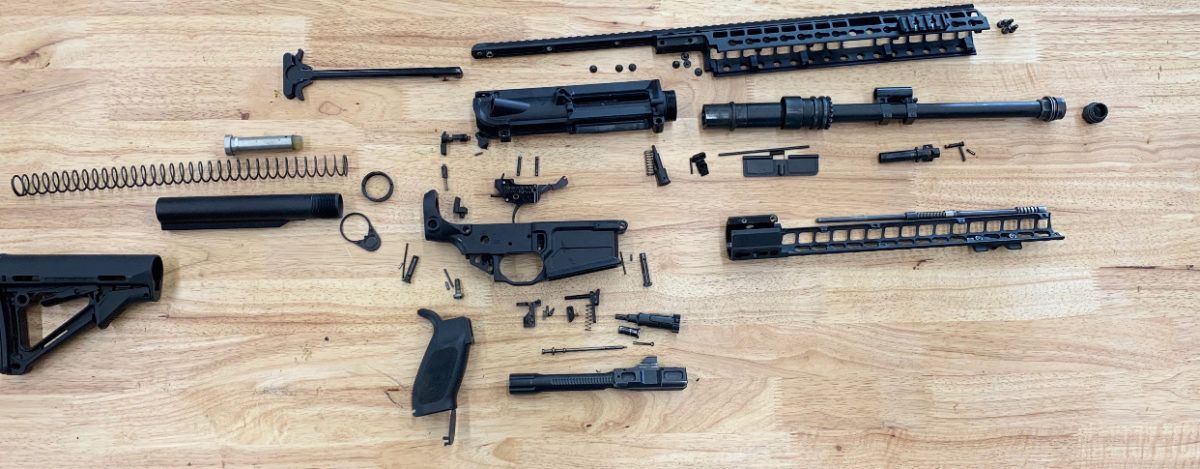
Q: The more you dive into the history of the gun, the amount of thought that was put into the AR’s design is really incredible.
Paul Braun, Down Range Training Concepts – Here’s one…Eugene Stoner actually designed the AR to have a pressure-safety valve device inside of there in case you had a catastrophic explosion from a bore obstruction…It’s the magazine.
On the bottom of the magazine, if you look, you have four little feet. If you have no energy that can go out the end of the barrel due to a bore obstruction, the energy is going to come down but follow the path of least resistance. When the bolt carrier comes back just a little bit, it will shoot down through the magazine. Those four little feet pop out and the floor plate, the magazine spring, the follower and the ammunition and the energy all shoot away from the shooter’s face.
When we forget about those fine details that were originally put into the design of the rifle, we don’t understand the true function of the gun. So, when you then have people saying that they’re going to do this to the gun and do that to the gun without thinking through things, well when their gun does not work correctly, now we know why.
Q: Talk about some of the things that you see that are not talked about enough when it comes to building an AR properly.
Paul Braun, Down Range Training Concepts – The big thing for me is the importance of using good quality parts and then just knowing how to take them apart and put them back together. So many times I hear people say that they just go to YouTube and watch how to do it from somebody on there. For basic things, that’s not always a bad idea. But to get in depth knowledge on how the AR rifle system works, you really do need to take a proper professional course.
We’re dealing with chamber pressures of 60,000 PSI. You’d hate to have that explode in front of your face because of some simple little thing that you were not aware of that you forgot to do that causes your rifle to have a catastrophic explosion. The least of our worries is that a part gets damaged. You can always replace a part…but you cannot replace an eye.
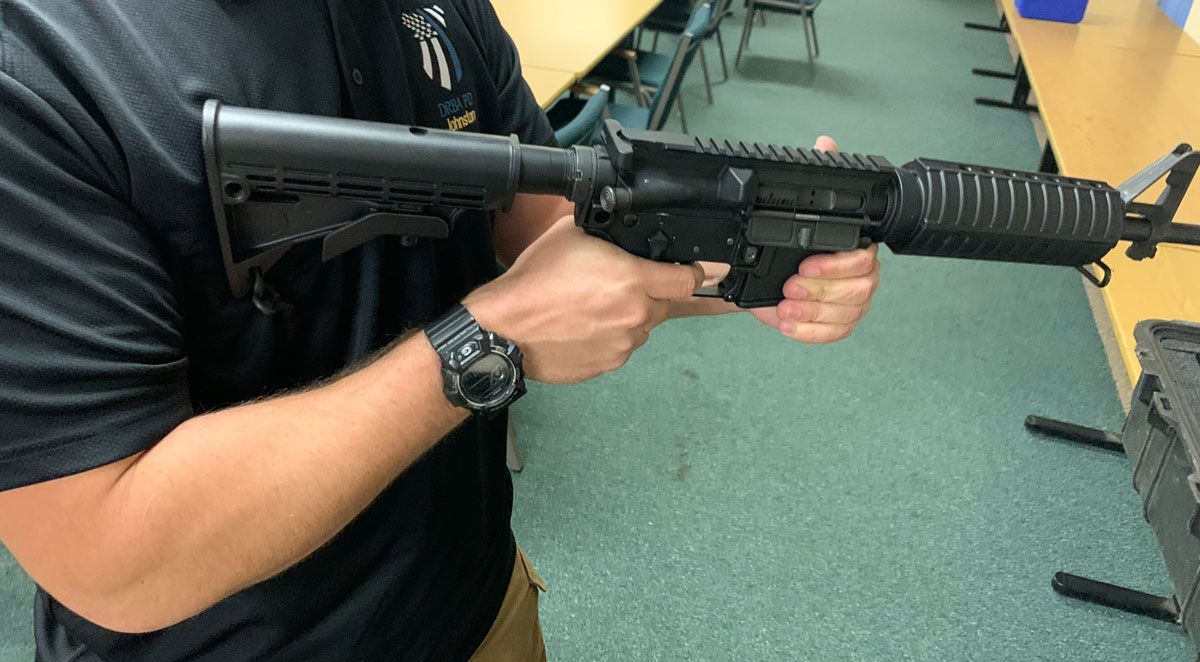
Q: What makes a good part in your opinion?
Paul Braun, Down Range Training Concepts – People use the term “mil-spec” too much. While a part has the same shape or design, it probably did not go through the same stress tests, and it may not have the same dimensions that are required by military standard. Even then, a lot of platforms today exceed mil-spec standards.
To answer your question in simple terms, I’d say you should do the research, take the time, and find out who makes a really good part. I will say that I find that major manufacturers who have a good reputation make very decent parts. If possible, try to source as many parts as you can from these companies. It at least increases your odds of building a reliable AR.

Q: As an instructor, are there mistakes that you see in your classes?
Paul Braun, Down Range Training Concepts – The biggest mistake is coming in with a closed mind. I think people should be open minded and realize that as a human, they are going to make mistakes. That is fine. When we are in an armorer’s course, we learn best by making mistakes. When you do make one, don’t try to hide it from your instructor or your peers. Let’s try to turn that into a learning experience.
One of the most common things I see in class is that when people assemble their upper and lower receiver together, they forget something as simple as putting their buffer and buffer spring back in. They realize when they pull back on the charging handle. That literally happens in every class that we teach. When that happens, we use it as a learning experience.
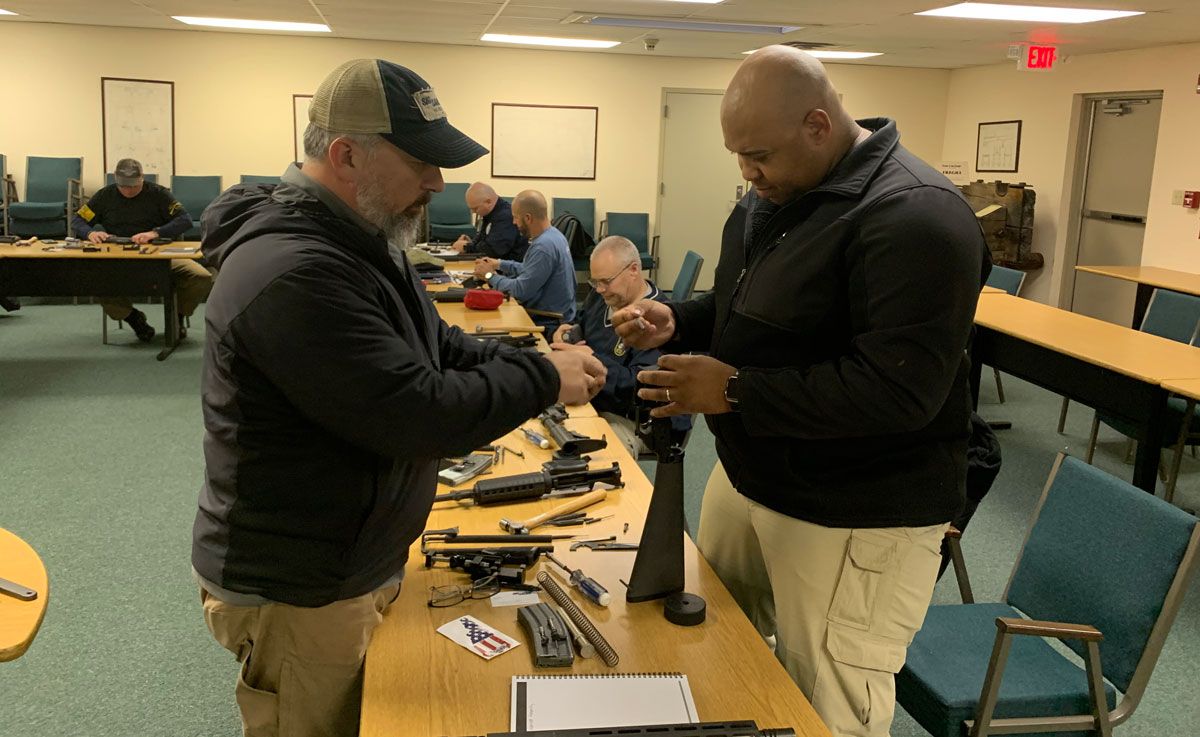
A bigger thing though is just making sure you’ve selected a good instructor who can help you really learn and understand the platform. Find a reputable instructor.
When we teach a class, we provide a rifle, we provide all of the parts, all of the tools, along with the manual, so as a student learns on the platform, if they make a mistake, it’s my rifle not theirs. Then at the end of the class, if they have free time and they want to use the knowledge they just gained to work on their own platform, they are more than welcome to, but now they don’t have the risk of making a mistake and breaking, scratching, gouging their own personal rifle or department gun.
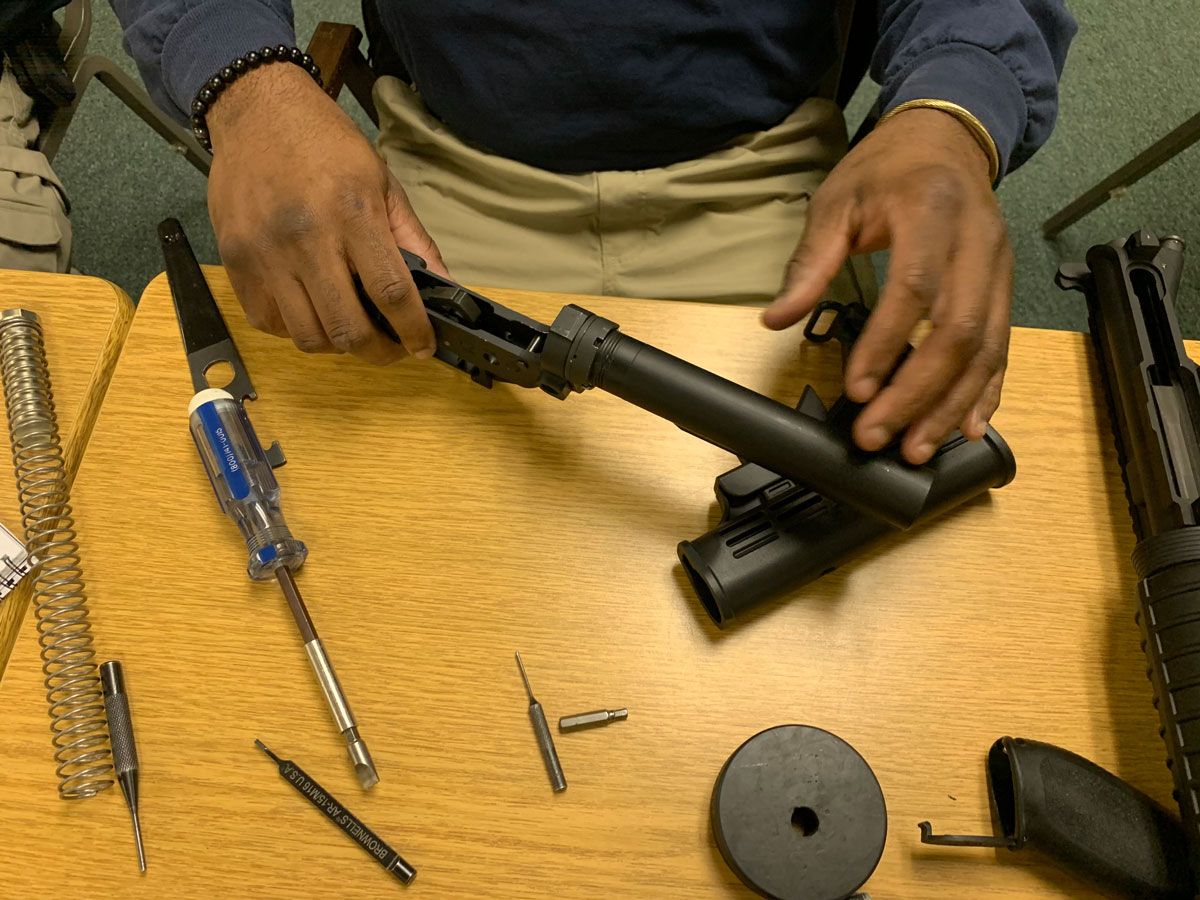
Q: Can you talk about some of the unique challenges armorers face in law enforcement?
Paul Braun, Down Range Training Concepts – A law enforcement armorer is generally known to be one of the uncoolest jobs ever, however to me, it’s an absolutely vital position. If an officer picks up a gun in training and it goes “click” when it should have gone “bang” they will lose trust, faith and confidence in that firearm when they critically need it.
Not only that, every time that armorer works on that gun, it leaves his or her workbench with the thought that tool will be used to save somebody’s life or to prevent an officer’s child becoming an orphan, or an officer’s spouse becoming a widow or a widower. That’s the gravity of being a law enforcement armorer. I want my students leaving my courses with that in the back of their mind.

There’s challenges when departments buy cheap and think that what they have purchased is “good enough.” It’s unfortunate because the life of every officer on the street isn’t just “good enough,” those lives are priceless.
People will say frequently that something is “almost as good.” My response to that is that you cannot measure “almost.” It’s either good enough, or it’s not.
Q: Are there other lessons you think our readers should know, based on your experience?
Paul Braun, Down Range Training Concepts – If there’s nothing else students take from my classes, I ask them to remember a few things. The first thing is that proper lubrication is more important that cleanliness. No combat-ready unit will ever pass a white glove parade inspection. No unit that can pass a white glove parade inspection will ever pass combat. Proper lubrication is key to making these guns work correctly.
Know what parts are the most important parts to replace. Your extractor and your recoil spring…whether it’s your buffer spring or the recoil spring on your pistol, those are the most important parts that you need to keep an eye on.
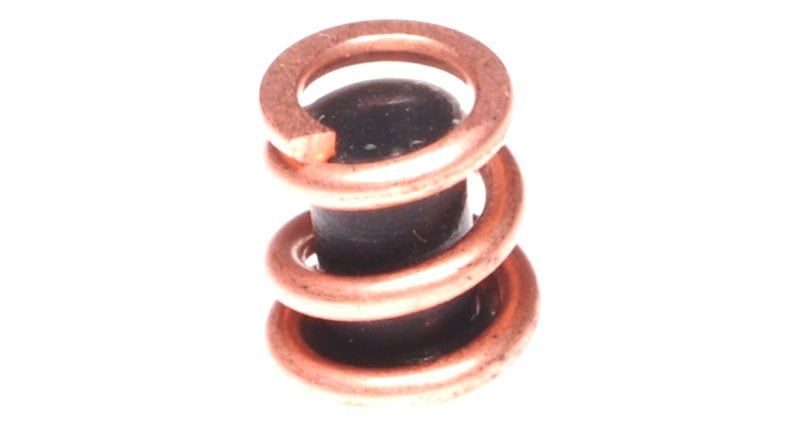
“Cycle of Operation”
Paul Braun, Down Range Training Concepts – Know the cycle of operation. That’s the one thing that’s most shocking when you teach a class, it’s that most people do not have an in depth understanding of how that cycle goes.
Learning the cycle of operation is not something you just breeze through in five minutes either. When I teach a class, we’re doing at least 40 minutes on the topic.
In case your readers are new or not familiar, from the time you pull the trigger and the gun goes bang to the time it is ready to go bang again, there are eight steps that are each critical for the function of that gun to work. If one of them is not working, the entire gun will not work. If you don’t fully understand what is happening, you won’t understand how the gun works. More importantly you won’t understand how to immediately get the gun running again if it stops working.
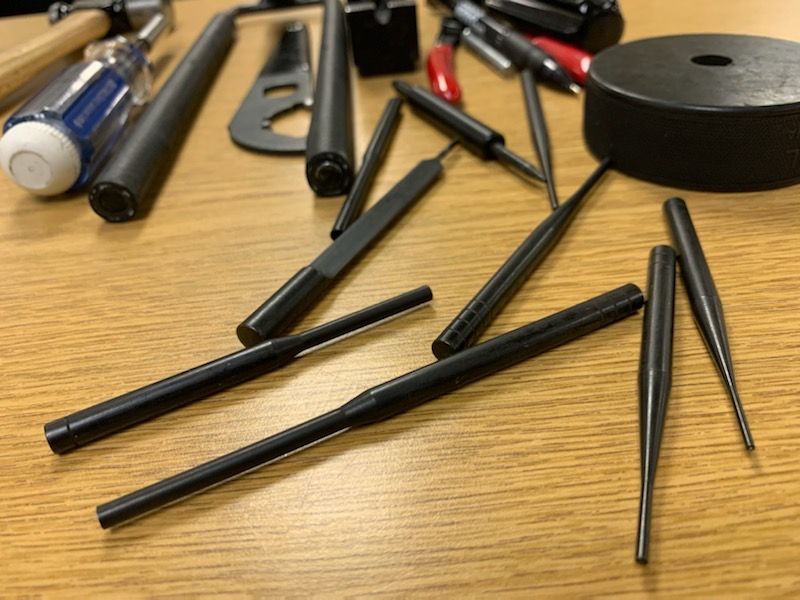
Q: Anything else you’d like to touch on, perhaps things you have in the works?
Paul Braun, Down Range Training Concepts – One thing I’ve been exploring is armorer’s tools. I’ve gotten sick and tired of using the same tools that just don’t work. I’ve started to make my own line of tools, most importantly a punch set. I’m working on a new revision right now. When it’s ready for launch, I’ll let you know.
###

